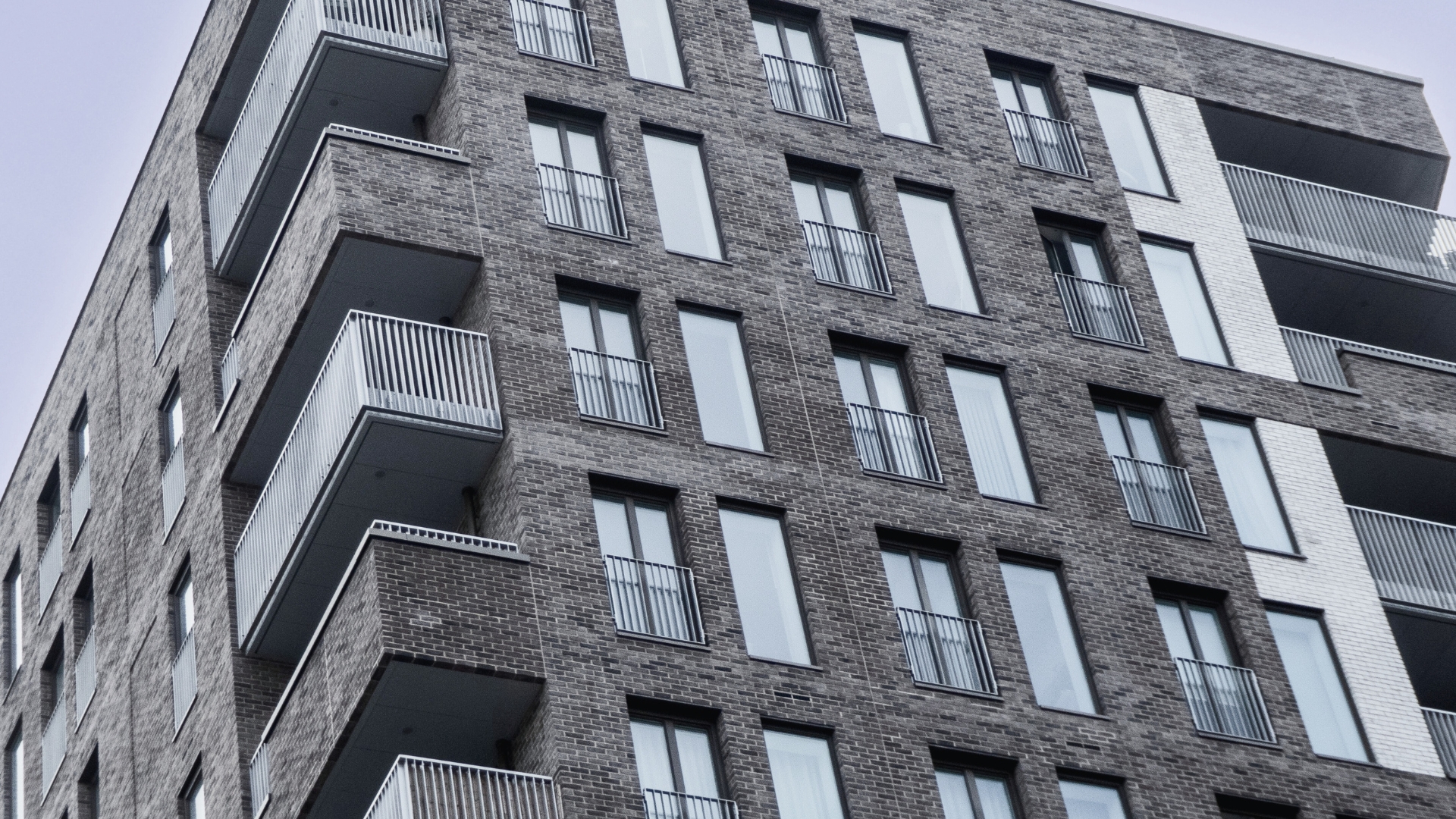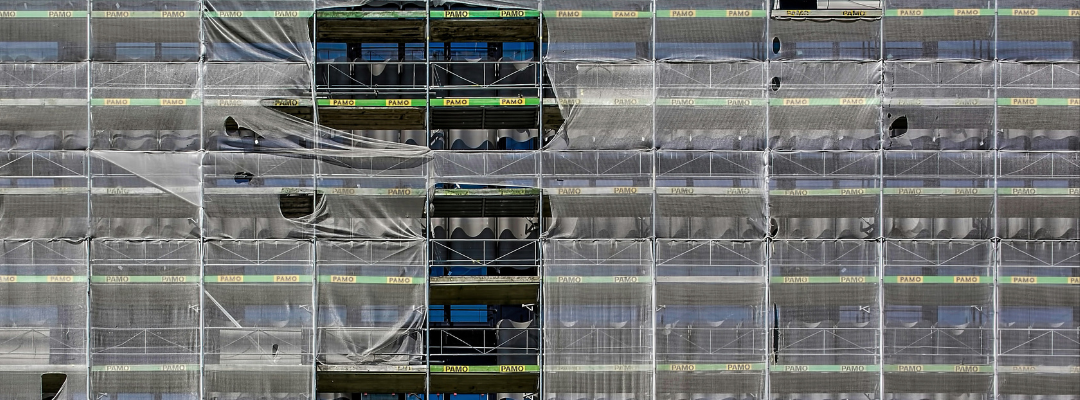



Mandatory Occurrence Reporting is a system used to report incidents and risks related to fire and structural failure in higher-risk buildings. Under the Building Safety Act, all HRBs must operate a MOR system during their design, construction and occupation.
A Mandatory Occurrence Reporting policy outlines the processes for reporting and documenting the incidents that affect a building’s structural or fire safety. While all fire safety and structural risks must be recorded, the Building Safety Act mandates reporting only incidents that pose a direct threat to a building or its occupants.
This policy serves as a clear, step-by-step guide for property management teams, detailing how to address and resolve reported safety issues.
Why is MOR Important?
MOR plays an important role in improving building safety by enabling proactive identification and remediation of potential hazards. MOR data is invaluable for identifying potential structural and fire risks throughout a building’s lifecycle.
By requiring the reporting of safety risks, MOR helps prevent accidents, injuries, and fatalities. Additionally, MOR empowers the Building Safety Regulator to identify systemic safety issues and implement necessary regulatory changes, while also fostering a culture of accountability among duty holders. This proactive approach to building safety reassures residents and occupants, enhancing public confidence in the safety of higher-risk buildings.
Who is Responsible?
Responsibility for MOR lies with:
- Principal contractor and principal designer during construction.
- Accountable person once the building is occupied.
Clear guidance, training, and communication ensure all relevant parties understand and fulfil their MOR obligations.
Reporting Requirements
All fire and structural safety occurrences must be reported to the Building Safety Regulator promptly, with a written report submitted within 10 days. Reports must include:
- Date and time of the incident.
- Site address.
- Details of the principal duty holder.
- Description of the occurrence and associated risks.
- Remedial actions taken.
The regulator’s definition of reportable incidents is broad: any situation posing a potential harm to life must be reported. A detailed MOR policy ensures all occurrences are addressed consistently and reliably.
MOR is not just a regulatory requirement but a vital tool for ensuring building safety. A robust system highlights a commitment to compliance, safeguards occupants, and provides legal protection—making it essential for managing high-rise buildings.
Last Updated 10th July 2025



